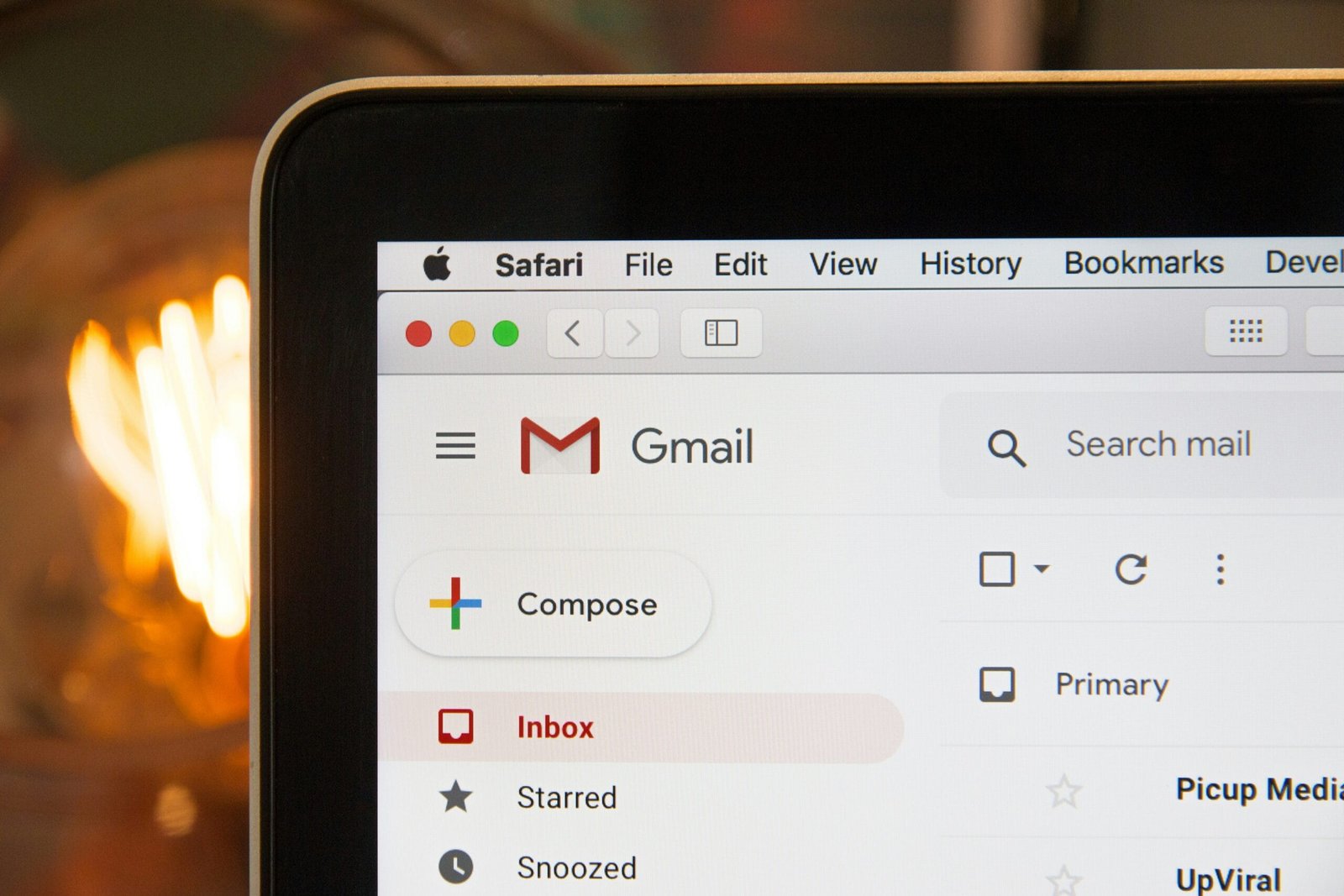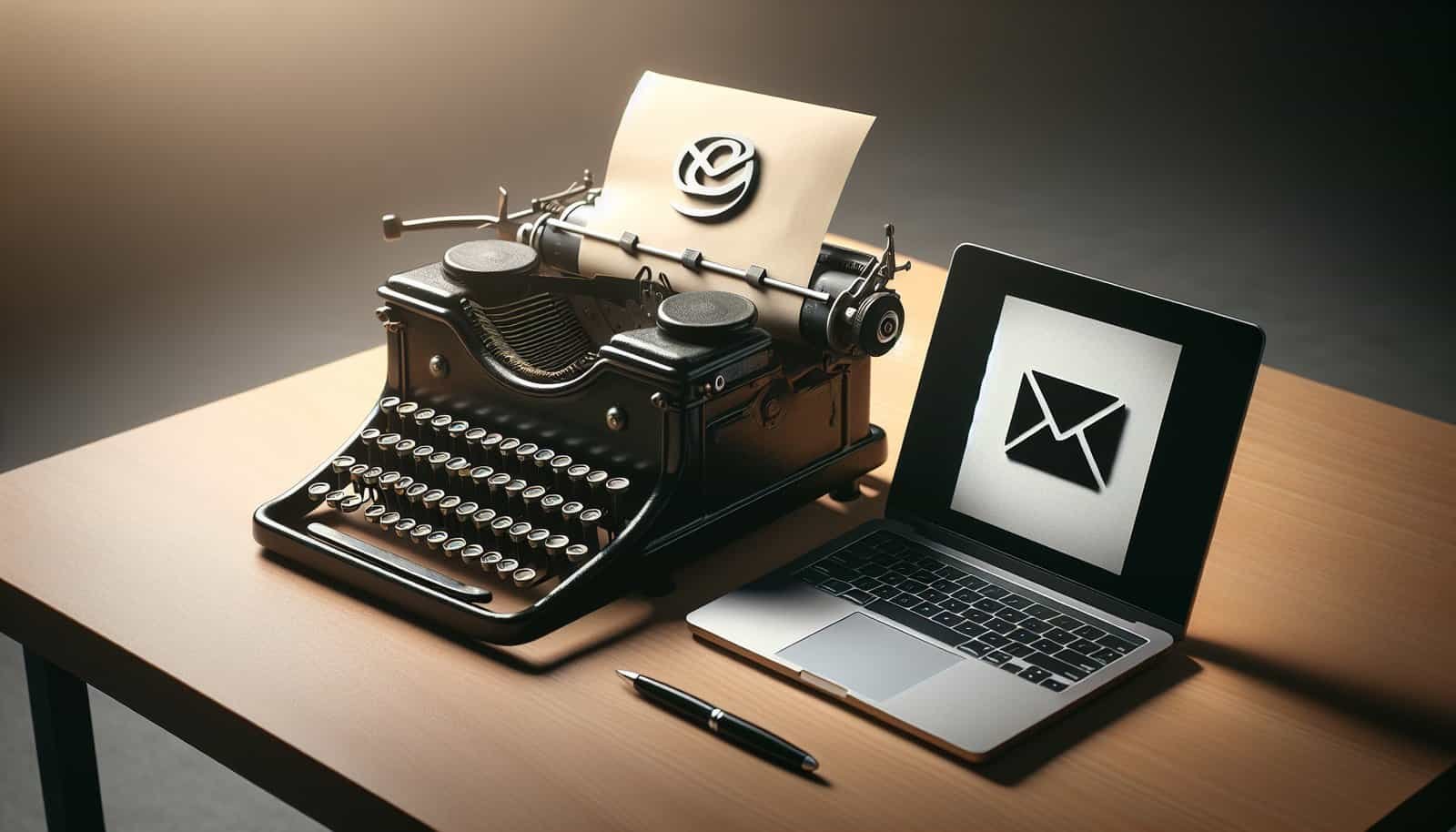Are You Ready to Transform Your Email Campaigns?
In the vast universe of digital marketing, email remains a powerful tool for reaching your audience. But what sets a mediocre email apart from a stellar one? Have you ever wondered how some emails get opened, read, and prompt immediate action while others languish in the spam folder? The secret could lie in the art of email copywriting.

Understanding Email Copywriting
Email copywriting is more than just assembling words into sentences and sending them to someone’s inbox. It’s an art form that entails crafting messages that resonate with readers, evoke emotions, and inspire them to take action. In essence, it’s about creating a compelling narrative in a few succinct lines.
Mastering email copywriting means understanding your audience, speaking directly to their needs, and providing solutions they can’t resist. Whether you’re aiming to boost sales, increase engagement, or drive traffic to a website, effective email copywriting can be the catalyst for reaching those goals.
Why Email Copywriting Matters
But what makes email copywriting so crucial in today’s digital era? With billions of emails sent every day, your message needs to stand out. Here are some reasons why honing your email copywriting skills can make all the difference:
Increased Open Rates: The right subject line can catch your reader’s eye and entice them to open the email amid the clutter.
Higher Engagement: Thoughtfully crafted content encourages readers to engage, whether through clicks, replies, or forwards.
Stronger Brand Loyalty: Consistently delivering value and speaking to your audience in a meaningful way fosters trust and builds loyalty.
The Anatomy of an Effective Email
To write compelling copy, you need to understand the structure of a successful email. Here’s a breakdown of the key components:
Subject Line: The first point of contact. Concise, intriguing, and relevant, it should tap into the reader’s curiosity.
Preheader Text: A sneak peek of what’s inside. It’s your chance to reinforce the subject line’s message and provide additional context.
Opening Line: Hook your reader immediately. Identify their pain points or needs and hint at a solution.
Body of the Email: The main content. Keep it clear and concise. Speak directly to your audience, and maintain a conversational yet professional tone.
Call to Action (CTA): Direct the reader on what to do next. Whether it’s clicking a link, filling a form, or making a purchase, your CTA needs to be compelling, relevant, and easy to follow.
Closing: Leave a lasting impression. Reiterate the benefits, thank the reader for their time, and sign off with warmth.
Strategies for Captivating Email Copy
To captivate and convert your readers, consider these strategies when crafting your email copy:
Know Your Audience: Tailor your message to suit their preferences, challenges, and desires. The more personalized the content, the better the engagement.
Focus on Benefits, Not Features: Readers want to know how your offering will improve their lives. Highlight the benefits over the technical details or features.
Be Personable: Use the reader’s name, speak in first person, and avoid jargon. Let your personality shine through while maintaining professionalism.
Create Urgency: Encourage readers to act quickly by creating a sense of urgency. Limited-time offers or deadlines can boost response rates.
Test and Analyze: Continuously refine your emails by A/B testing various elements like subject lines and CTAs, and analyze what works best for your audience.

Crafting Winning Subject Lines
The subject line is arguably the most vital part of your email. It determines whether the email will be opened or ignored. Here are some tips for crafting irresistible subject lines:
Keep It Short: Aim for 5-10 words. Brevity is key due to limited space on mobile devices.
Add Personalization: Incorporate the recipient’s name or location to make the email feel personal.
Pose a Question: Engage curiosity by asking a question that prompts reflection or interest.
Use Numbers: Data and numbers catch the eye. “5 Ways to Improve Your Workday” might be more appealing than “How to Improve Your Workday.”
Invoke Curiosity: Pique interest without giving too much away. Ensure the subject line aligns with the email content.
The Role of Preheaders
Often overlooked, the preheader text is like the sidekick to your subject line. It complements and expands on the subject line to enhance readability and clarity. Here’s how to optimize it:
Summarize the Message: Provide a concise summary or tease of the email content that supports the subject line.
Add Value: Highlight a specific benefit or offer that the reader can expect.
Encourage Action: If space allows, incorporate a call to action to urge the reader to open and read.

Creating a Compelling Opening Line
A captivating opening line is essential for keeping readers engaged. It should be relatable, empathetic, and relevant. Here’s how to craft it:
Start with a Question: Similar to the subject line, a question can address a common concern or curiosity.
Address a Pain Point: Acknowledge your reader’s challenges and express understanding and solutions.
Share a Story: A brief personal anecdote can foster a connection and make your message more relatable.
Writing the Body of the Email
Once the reader is hooked, the body of your email should elaborate on your message with clarity and intent. Here’s a guide to maintain interest and hope for engagement:
Be Succinct: Get to the point quickly. Use short paragraphs or bullet points for readability.
Engage Emotionally: Appeal to the reader’s emotions by painting a vivid picture of how your product or service enhances their life.
Include Testimonials: Add credibility and trust by featuring quotes from happy customers or sharing success stories.

Designing a Effective Call to Action
Your email should guide readers towards action. A powerful CTA is crucial in achieving this:
Be Clear and Direct: Use concise language telling readers exactly what you want them to do – “Shop Now,” “Learn More,” “Sign Up Today.”
Emphasize the Benefit: Reinforce what they will gain from clicking on your CTA.
Make It Stand Out: Use a bold color or button format to ensure your CTA is apparent and inviting.
Finishing with a Memorable Closing
The closing is your opportunity to leave a last impression:
Thank Your Reader: Show gratitude for their time and attention.
Reiterate Value: Briefly remind readers why their engagement will benefit them.
Sign Off Warmly: A friendly and professional sign-off adds a personal touch – “Warm regards,” “With gratitude,” etc.

Common Pitfalls in Email Copywriting
Knowing what to avoid is as valuable as knowing what to do. Here are common mistakes and ways to sidestep them:
Being Too Pushy: Hard selling can be off-putting. Focus on establishing a relationship rather than pressuring for a sale.
Neglecting Mobile Optimization: With a significant number of emails opened on mobile devices, ensure your content is mobile-friendly.
Ignoring Segmentation: Sending the same message to everyone? Personalize your approach by segmenting your audience based on demographics, behaviors, or engagement levels.
The Impact of Well-Crafted Emails
Email copywriting isn’t merely about crafting emails that are read, but about lastingly influencing your reader’s perceptions and actions. When done effectively, it can enhance brand reputation, elevate user experience, and solidify customer relationships. The echo of well-written emails can extend beyond immediate results, embedding lasting loyalty and ongoing engagement.
Measuring Success: Analyzing Email Campaigns
Understanding the outcomes of your email campaigns is imperative to evolving your strategies. Here’s what to assess:
| Metric | Description |
|---|---|
| Open Rate | Percentage of recipients who opened the email. High rates indicate effective subject lines. |
| Click-Through Rate (CTR) | Percentage of those who clicked on a link within the email. Good indicatory of the content’s persuasiveness. |
| Conversion Rate | Percentage of users who completed the desired action after clicking through, be it a purchase, signup, or download. |
| Bounce Rate | Percentage of emails that couldn’t be delivered. Helps clean your email list. |
| Unsubscribe Rate | High rates can indicate dissatisfaction or irrelevance. Re-evaluate content and targeting. |
Conclusion: Harnessing the Power of Email Copywriting
Email communication should be like a warm conversation with a friend. A great email copywriter knows how to speak with empathy, prioritizing the reader’s needs and emotions while maintaining a clear objective. Your reader isn’t just another email address; they are individuals seeking solutions that align with their lives and values.
By mastering the art of email copywriting through meticulous crafting, testing, and refining, you can transform your email campaigns into engaging, result-driving experiences. Embrace the nuances of language, adapt to audience insights, and with every touchpoint, move closer to achieving meaningful connections and profound impacts.
Email copywriting is your avenue to exceptional digital communication – a thread woven thoughtfully to connect, convert, and complete the journey from message to action. What stories will you tell? What connections will you forge? The uncharted opportunities are endless.
By embracing the principles and practices shared here, you’ll be equipped with the tools to not just write emails, but to inspire, engage, and ultimately, transform the way your audience interacts with your brand.
